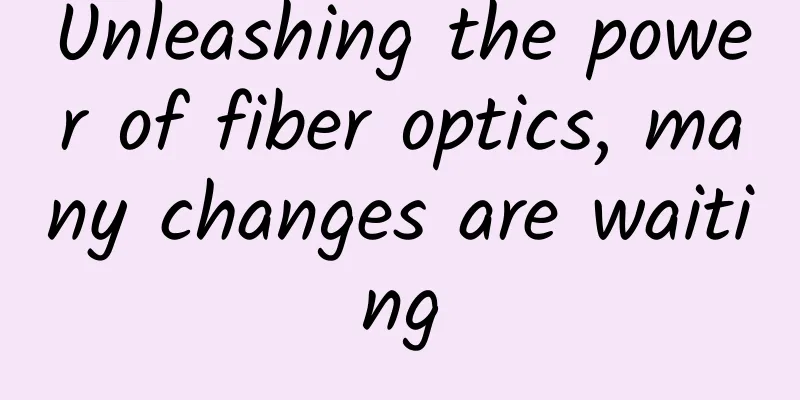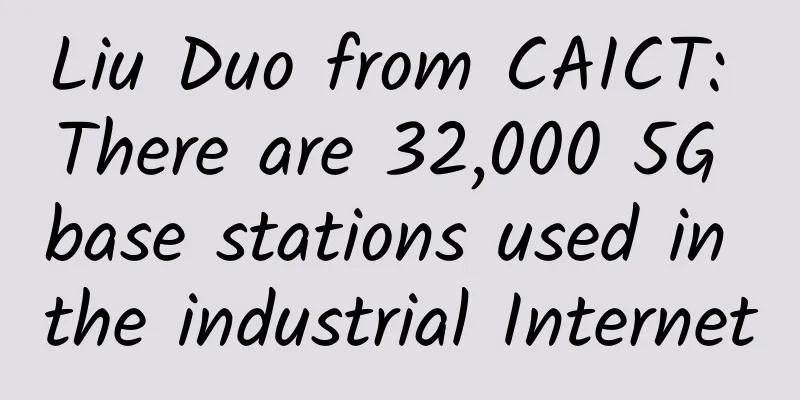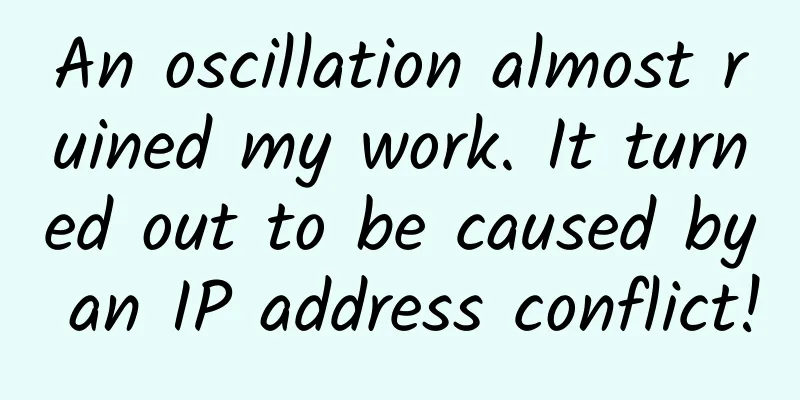Unleashing the power of fiber optics, many changes are waiting

|
We have all been amazed at the power and speed of light in our lives. It literally allows all of us to see and perceive the space around us. It is also a refuge from darkness, thus paving the way for a modern, bright world. Looking forward to it!
To say that fiber has revolutionized the world of telecommunications is an understatement. With so many transformations and forms available, fiber infrastructure and technology are the best choice to unlock Industry 4.0 and beyond. This means a smarter, more connected, more agile, and more efficient world. In fact, fiber optic communications continue to change the way we communicate, treat diseases, drive cars, and even maintain homeland security. Fiber optics is a critical component of advanced connectivity infrastructure and is expected to have an impact of $1.2 to $2 trillion on global GDP. This staggering number represents the impact on just four industries: automotive and assembly, healthcare systems and services, aerospace and defense, and retail. Imagine how large the cumulative impact will be across industries! This article will shed light on how fiber, in its many forms, is transforming not only communications, but also a variety of other key industries that are becoming increasingly digital, connected, and intelligent.
Fiber optic communications allow us to stay connected to the world, no matter where we are. They have replaced traditional copper cables and become the backbone of the Internet.
The result? Improved video conferencing, faster downloads and uploads of large files, and near-instant streaming of high-definition content. From a larger perspective, it is key to building smart cities, converged data centers, connected cars, smart manufacturing, and more.
Fiber optics has also had a significant impact on the medical industry. In fact, the medical fiber optics industry is expected to be worth $1 billion by 2024.
The automotive industry has also adopted fiber optic technology.
From border patrol to homeland security, defense systems around the world are highly dependent on the latest communications networks to stay connected and ready. That’s where fiber-deep networks enable defense communications networks to upgrade from weak legacy systems. Fiber-optic communications systems are used to transmit secure, high-speed data in the field, as well as over long distances in remote and dangerous terrain.
The beauty of fiber optics is that it is not only a powerhouse for advanced industrial applications, but it can also illuminate spaces. Fiber optic lighting is used to create vibrant and colorful lighting effects, making it popular in homes. Not only can fiber optics enhance the décor of a space, but it can also provide a high-quality, economical, and long-lasting lighting solution for offices, restaurants, and retail stores. Summarize |
<<: Edge computing and 5G: enabling low-latency, high-speed connections
Recommend
BGP.TO Japan servers start at 35% off, Singapore servers start at 25% off, monthly payment starts at $93
BGP.TO is currently offering promotions for serve...
Sparks from blockchain and the Internet of Things
The Internet of Things is the application that is...
Update the discount code of BandwagonHost to save 6.81% immediately, Los Angeles CN2 annual payment starts from $46.5, and you can choose Hong Kong/Japan/US large bandwidth CN2 GIA
BandwagonHost has recently updated its discount c...
10gbiz: Hong Kong CN2 GIA line VPS monthly payment starts from $2.75, Los Angeles CN2 GIA line VPS monthly payment starts from $2.36
10gbiz has released a new discount plan, offering...
5G is just about faster internet speed? If you think so, you are out!!!
1. What is 5G? The world's communication tech...
RAKsmart cluster server starts from $177.52/month, 5+253 IPs, San Jose/Los Angeles/Japan/Hong Kong data centers available
We have shared information about RAKsmart cloud s...
With the rise of new infrastructure and other demands, the upgrade of the next generation domain name system is imminent
When it comes to the Internet domain name service...
Review of the five major mergers and acquisitions in the optical communications industry in 2018: vertical integration is the general trend
Looking back at the whole year of 2018, the optic...
Cutover failure leads to major communication failure
[[429302]] Japan has once again experienced a maj...
5G cannot enhance industry?
There are already more than 1,100 “5G+Industrial ...
SmartHost: VPS 40% off, starting from $1.7/month, 29 computer rooms, optional AMD Ryzen+NVMe, optional large hard disk
SmartHost has just launched a Memorial Day 40% OF...
VMISS issues 30% discount code again, Hong Kong VPS monthly payment starts from 3.5 Canadian dollars, Korea/Japan/Los Angeles CN2 GIA/9929/CMIN2 20% off
VMISS has once again released a 30% discount code...
Acceleration Cloud: Deyang High-Defense Cloud Server 39 yuan/month-dual core/2G memory/60G hard disk/5M bandwidth/100G defense
Acceleration Cloud is a website under Chengdu Xia...
The Importance of Switchgear to Data Center Uptime
Among all the electrical and system components th...
After 5G, four wireless technologies worth paying attention to
5G NR is a complex of contradictions. It is diffi...









